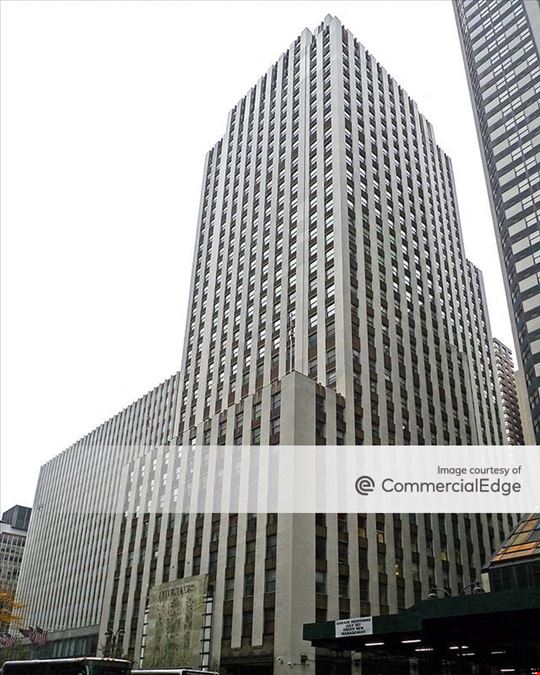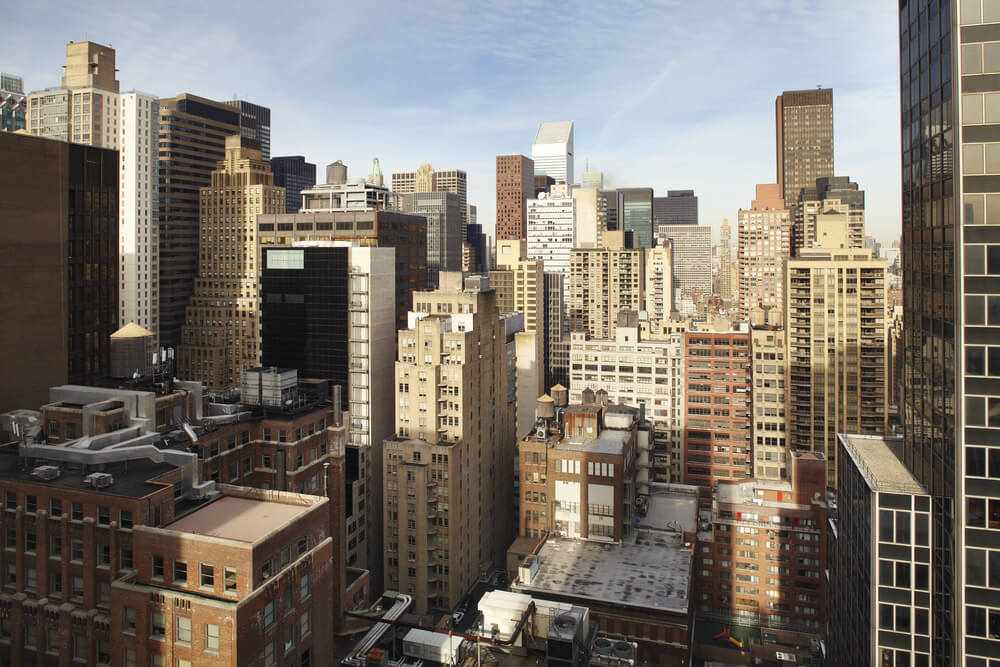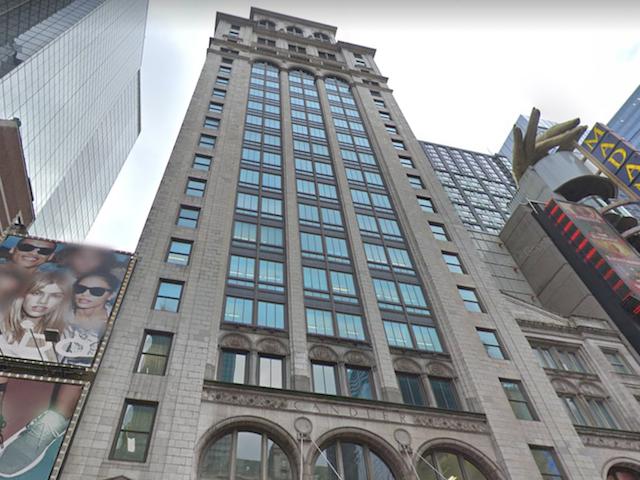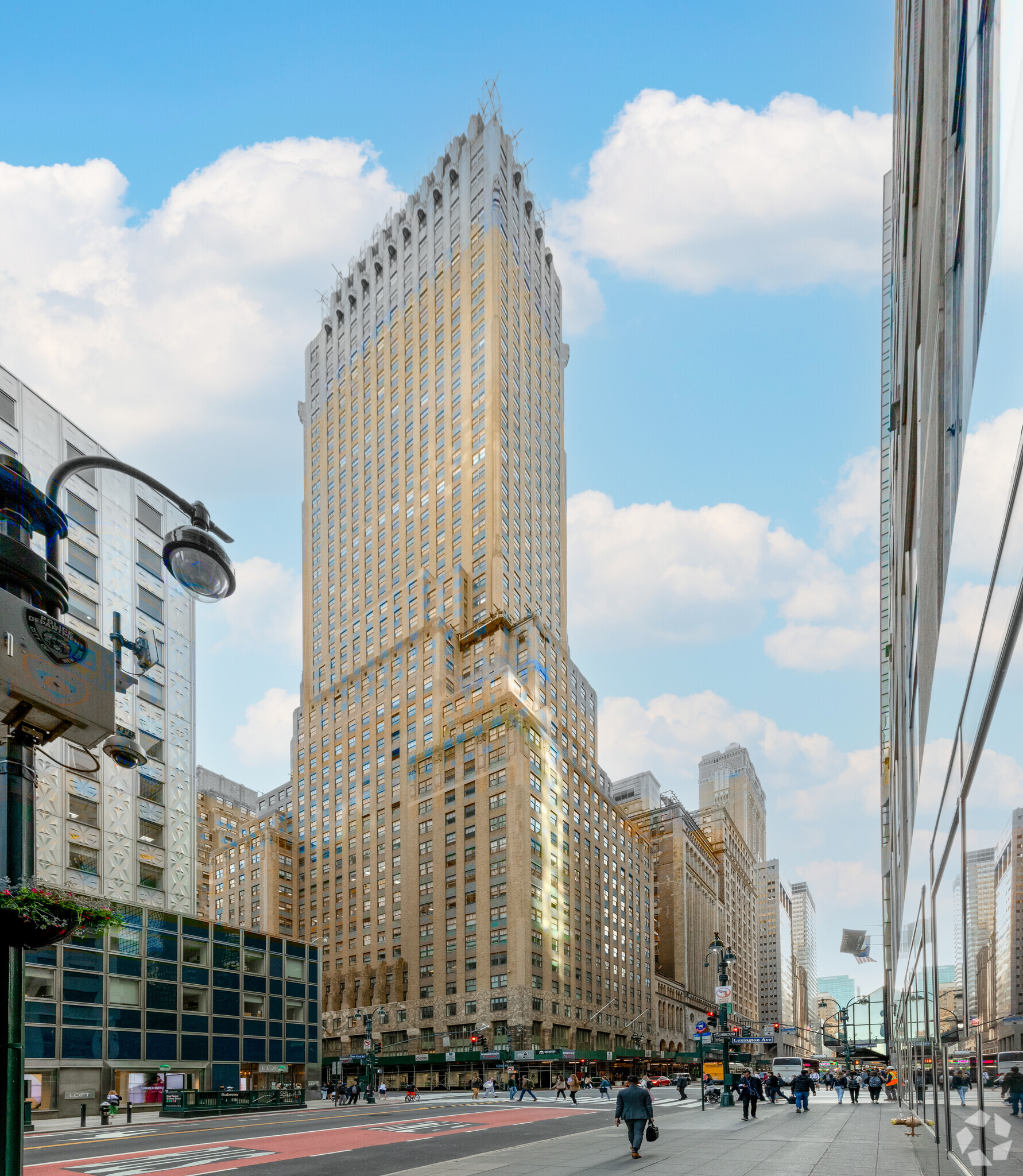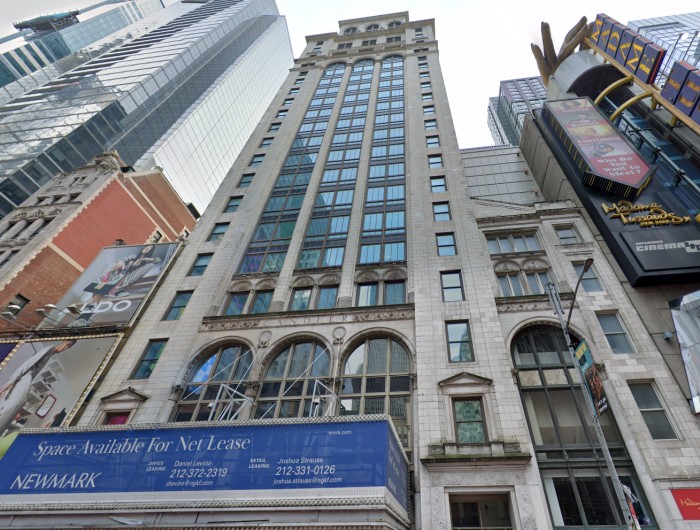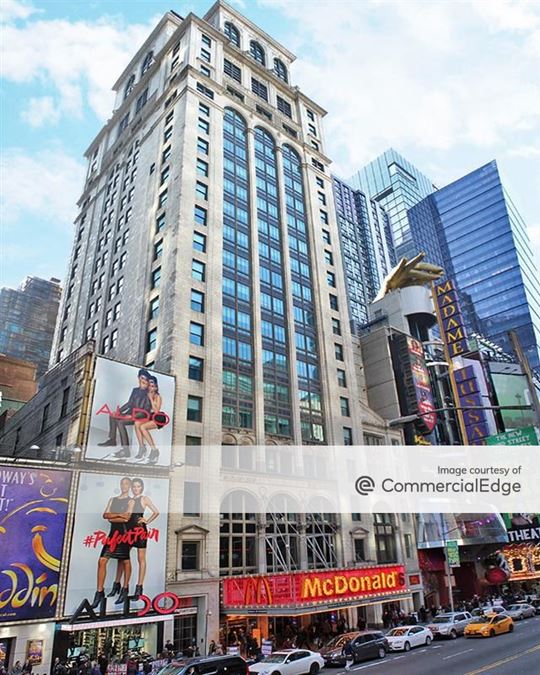220 East 42nd Street New York
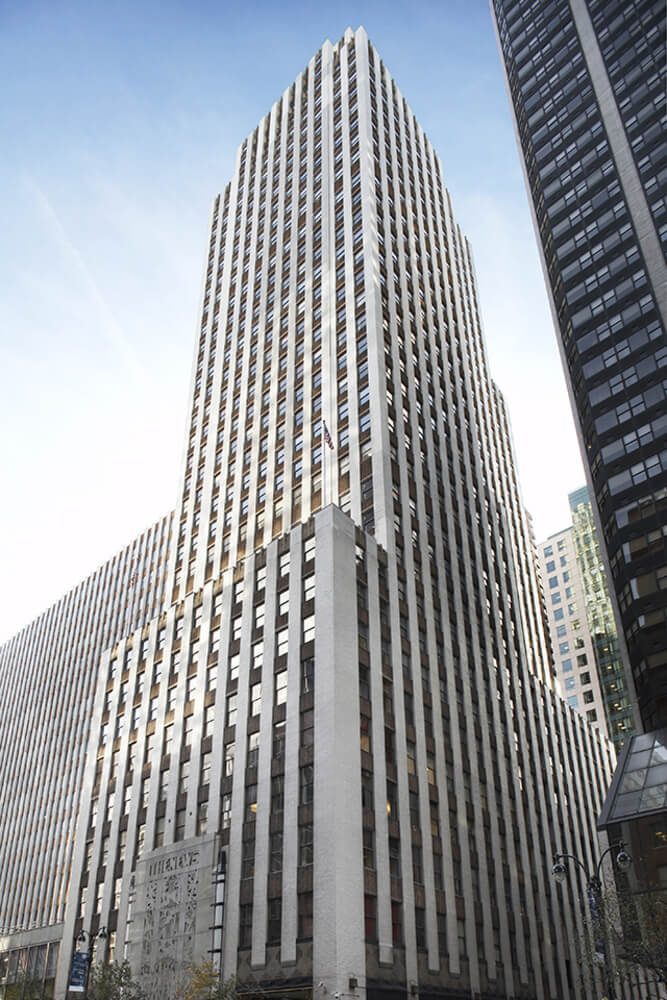
Imagine stepping out of Grand Central Terminal, the architectural marvel humming with the energy of a thousand journeys. Across the street, a titan of steel and glass rises – 220 East 42nd Street. Sunlight glints off its art deco façade, a silent testament to decades of stories etched into its very structure.
This isn't just another skyscraper in the heart of Manhattan. It's a landmark that has borne witness to the ebb and flow of New York City's history, a building that has housed news giants, shaped public opinion, and adapted to the ever-changing media landscape.
A Beacon of Journalism and Beyond
220 East 42nd Street, often referred to as the News Building, is an iconic skyscraper located in Midtown Manhattan. Its most significant role has been as the headquarters of the New York Daily News for many years. The building itself symbolizes the power and influence of print journalism in the 20th century.
Designed by architects Raymond Hood and John Mead Howells, it was completed in 1930. The building’s striking art deco design, with its setback facade and ornamental details, immediately made it a prominent feature of the New York City skyline.
From Print Powerhouse to Modern Marvel
The New York Daily News, founded in 1919, quickly became one of the city's most widely read newspapers. Its focus on sensational news, captivating photography, and concise writing resonated with a broad audience. Moving its headquarters to 220 East 42nd Street solidified the newspaper's place as a major player in American media.
The building's lobby is a masterpiece in itself. A massive revolving globe, a symbol of the Daily News’ global reach, greets visitors. Celestial maps and constellations adorn the ceiling, creating a sense of wonder and exploration.
For decades, the Daily News occupied a significant portion of the building. Its newsrooms, printing presses, and editorial offices hummed with activity, churning out daily editions that shaped public discourse and reflected the city’s vibrant life. 220 East 42nd Street became synonymous with the pulse of New York City news.
As the media landscape evolved, so too did 220 East 42nd Street. The Daily News eventually moved its headquarters to a new location, but the building remained a landmark. It adapted, transforming into a multi-tenant office building, attracting a diverse range of businesses and organizations.
Architectural Significance and Enduring Legacy
The architectural design of 220 East 42nd Street is a prime example of the art deco style. Hood and Howells incorporated several distinctive features. These features contributed to the building's visual appeal and its recognition as a significant architectural achievement.
The stepped-back facade, a common characteristic of skyscrapers from that era, creates a sense of verticality and grandeur. The use of contrasting materials, such as black granite and white limestone, adds depth and texture to the building's exterior. Ornamental details, including sculptures and geometric patterns, further enhance the art deco aesthetic.
The building’s lobby, with its iconic globe and celestial maps, is a protected landmark. It continues to attract tourists and architecture enthusiasts. The globe, in particular, serves as a reminder of the building’s history and its connection to global events.
The building was designated a New York City landmark in 1981. This designation protects its exterior and interior from significant alterations. It ensures that its architectural integrity is preserved for future generations.
Beyond the News: A Building for the Future
Today, 220 East 42nd Street is home to a variety of tenants, including technology companies, financial institutions, and creative agencies. The building has undergone several renovations and upgrades to meet the demands of modern businesses while preserving its historic character.
The building's location, directly across from Grand Central Terminal, makes it a highly desirable office address. Its proximity to transportation hubs, restaurants, and other amenities attracts a diverse range of companies.
The continued vitality of 220 East 42nd Street demonstrates its adaptability and enduring appeal. It shows how a building can evolve over time while still maintaining its historical significance. It's a testament to the vision of its architects and the enduring power of good design.
A Symbol of New York's Resilience
220 East 42nd Street stands as a symbol of New York City's resilience and its ability to reinvent itself. The transition from a news headquarters to a multi-tenant office building reflects the city's ever-changing economy. It also shows the adaptive reuse of historic structures.
The building's history is intertwined with the history of the New York Daily News, a newspaper that played a crucial role in shaping public opinion. The Daily News shaped public opinions on the issues of the day. Its impact on journalism and American culture is undeniable.
Even without its original tenant, the building remains a recognizable landmark, featured in countless films, television shows, and photographs. Its presence in popular culture solidifies its place as an iconic symbol of New York City.
The New York Landmarks Preservation Foundation plays a crucial role in protecting landmarks such as 220 East 42nd Street. It ensures that these historic buildings are preserved for future generations to appreciate.
A Continuing Story
As you stand before 220 East 42nd Street, you're not just looking at a building; you're witnessing a living chronicle of New York City. Its walls echo with the voices of journalists, editors, and countless individuals who have contributed to its story.
The building's continued presence on the Manhattan skyline serves as a reminder of the past, a celebration of the present, and a promise for the future. It's a beacon of architectural brilliance, a testament to the power of journalism, and a symbol of New York's enduring spirit.
The story of 220 East 42nd Street is far from over. As New York City continues to evolve, this iconic skyscraper will undoubtedly adapt and reinvent itself once again, adding new chapters to its already rich and fascinating history.



